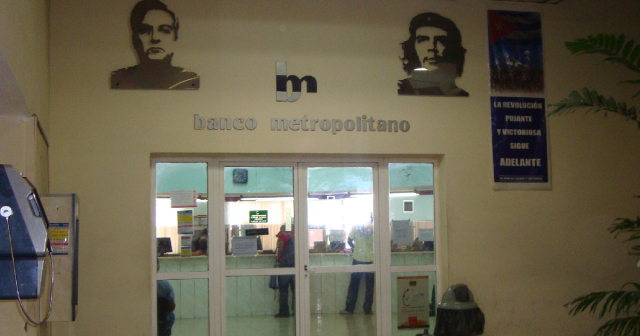The price of American dollar set a new record this Friday in the informal currency exchange market in Cuba.
On the previous day, foreign currencies had a surprising stability after several days showing a historic rise in their value. This May 3 they once again demonstrate their crescendo behavior.
He dollar reaches a value of 385 CUP, marks a new record in the currency market, while the euro remains at 390 CUP.
Another currency that set a record price this Friday is the freely convertible currency (MLC) increases its exchange value to 297 CUP, two pesos more than the day before.
Exchange rate today 05/03/2024 - 6:33 am in Cuba:
Exchange rate from the Dollar (USD) to CUP according to elTOQUE: 385 CUP
Exchange rate from Euro (EUR) to CUP according to elTOQUE: 390 CUP
Exchange rate from MLC to CUP according to elTOQUE: 297 CUP
Alternative exchange rate from other platforms:
Dollar (USD) exchange rate: Buy 380 CUP, Sell 384 CUP
Euro (EUR) exchange rate: Buy 390 CUP, Sell 389 CUP
MLC exchange rate: Buy 295 CUP, Sell 296 CUP
Below are the equivalents of each available euro and US dollar banknote to Cuban pesos (CUP) according to the exchange rates of May 3, 2024:
▪ United States dollar (USD): Each bill is priced at 385 CUP.
- 1 USD = 385 CUP
- 5 USD = 1,925 CUP
- 10 USD = 3,850 CUP
- 20 USD = 7,700 CUP
▪ Euro (EUR): Each ticket is priced at 390 CUP.
- 5 EUR = 1,950 CUP
- 10 EUR = 3,900 CUP
- 20 EUR = 7,800 CUP
- 50 EUR = 19,500 CUP
Currencies rise in Cuba: What is the cause?
During the last year, the Cuban peso has experienced an unprecedented devaluation, which has reduced the purchasing power of Cuban citizens. The situation affects both the income and savings of the population, exacerbating the economic crisis that is plaguing the country.
The constant instability in the exchange market reflects the deep economic difficulties in Cuba, aggravated by the lack of effective policies that counteract the depreciation of the Cuban peso.
These problems are largely a consequence of the shortcomings of the Cuban government's centralized economic model, which lacks concrete measures to stabilize the economy and improve living conditions.
In this scenario, it seems that the government administration prefers to adhere to its ideological principles instead of seeking the prosperity and well-being of its people. The authorities blame the independent press for the rise in currencies in Cuba, trying to divert their attention from the responsibility that the State has in this crisis.
What do you think?
COMMENTFiled in:
